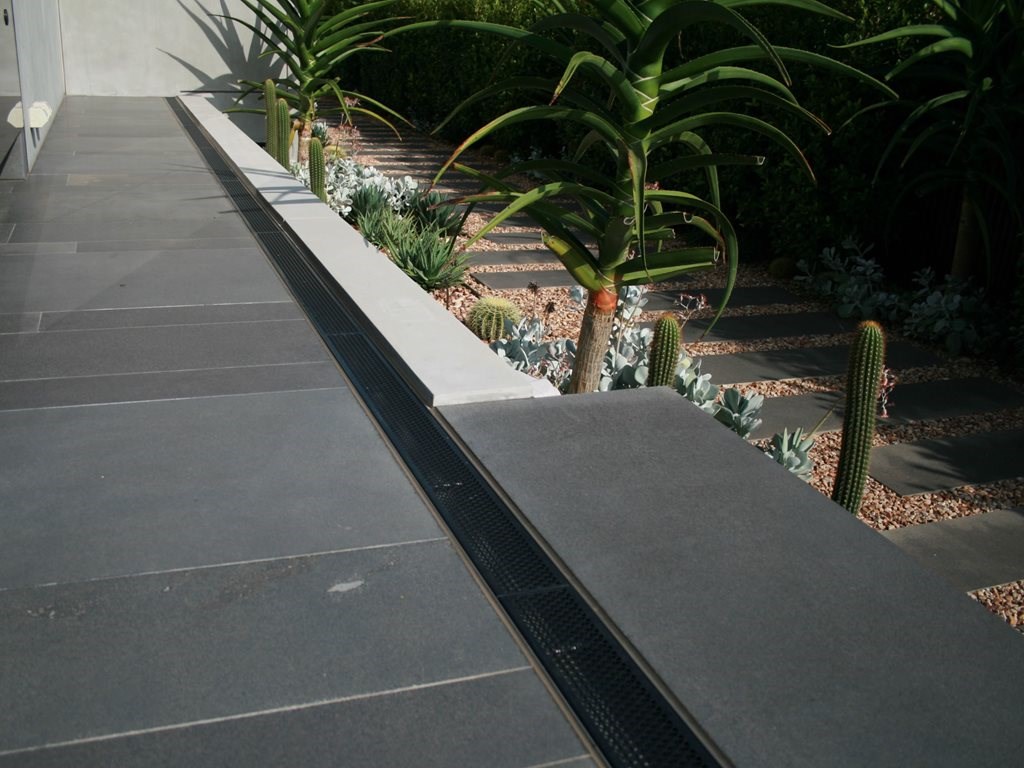The issue of conserving our environment is a complex one. While reducing our material usage, reusing what already exists and recycling other products are all valuable steps towards reducing the impacts of climate change, they cannot be the only strategies adopted in an integrated approach.
Sustainability is not just a matter of products. A holistic approach must also encompass how the built environment responds to its context and to its inherent natural processes. This is more important than ever, as extreme weather events become more frequent, placing extra stress on – and accelerating the degradation of – both our natural and built environments.
Australia has long been known for its capricious weather and extreme climate conditions, ranging from flash floods to extreme droughts in a seemingly narrow space of time. These extreme weather events have been exacerbated as a result of climate change, and have presented significant problems to the natural environment.
When heavy rainfall is paired with the rapid growth of our urban environments, one of the issues that results is urban runoff. Rain travels from roofs to gardens, footpaths, roads and carparks before landing in our stormwater network. On its way into the ocean, stormwater inevitably collects a number of contaminants which, in their final resting place, end up upsetting the delicate nutrient balance of our natural water table.
The harmful chemicals and substances that find their way into our stormwater system comes from any number of places. For instance, nitrogen and phosphorous from fertilisers, heavy metals such as zinc and lead from our roads, in addition to your standard-issue garbage and detritus. A city such as Sydney sheds 500 billion litres of stormwater into the ocean per annum – the equivalent of the water within Sydney Harbour – which has significant consequences for the water networks that sustain our natural ecosystems. Not to mention our drinking supply.
In order to tackle this issue, Australia’s federal, state and territory governments have sought to adopt Water Sensitive Urban Design (WSUD) practices. Some of these include increasing natural water infiltration, promoting organic alternatives to fertilisers, herbicides and pesticides, and slowing the discharge of stormwater runoff. Increasing the length of time that stormwater takes to reach natural waterways allows for a longer filtration process, to remove the harmful pollutants and foreign bodies picked up in the initial stages of its development.
This article was originally published by Architecture and Design.





